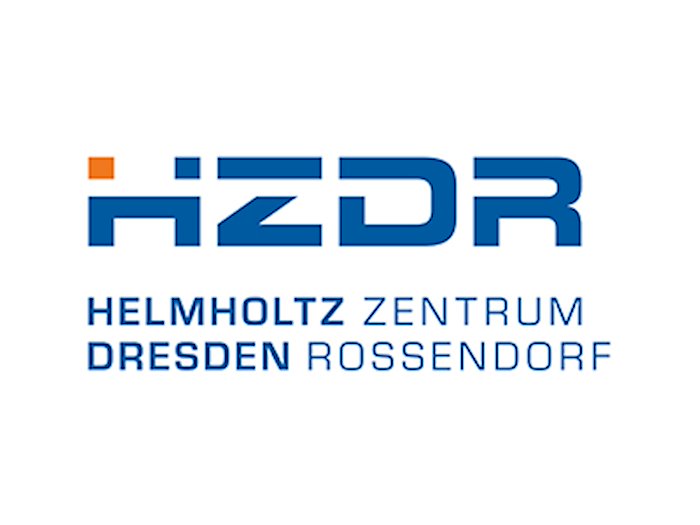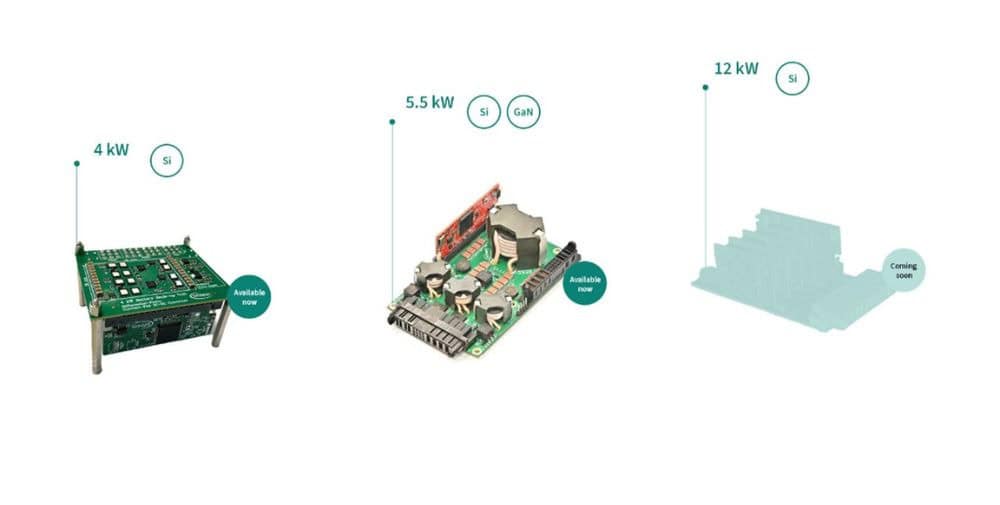
“Sensor chips, wearables or medical implants of the future, as well as devices embedded in the Internet of Things, will need an autonomous and miniaturized energy supply,” says Dr. Charaf Cherkouk, head and coordinator of the project from the Institute of Ion Beam Physics and Materials Research at HZDR. “Behind our project acronym FKLIB is a novel, cost-effective solid-state lithium-ion battery integrated directly on a silicon wafer, which we are working on with our partners.”
In their project, the researchers are relying on novel core components of the micro-battery. On the one hand, there is a copper-silicide anode with a three-dimensional structure that enables particularly stable charge and discharge cycles and significantly higher capacities compared to conventional microbatteries. Furthermore, a solid-state electrolyte made of a hybrid ceramic polymer is used. “In this way, we address common problems of liquid electrolytes in conventional lithium-ion liquid batteries, such as their high flammability, the risk of toxic components and low temperature resistance,” says Cherkouk, naming a number of advantages of the concept. And there are others: The absence of a pure lithium electrode prevents the premature formation of dendrites – tree-like structures that form as a result of crystallization processes at the interface with the electrolyte and lead to a reduction in the performance of the electrode material. In addition, a cobalt-free cathode made of lithium iron phosphate is to prevent an early reduction in storage capacity.
Project partners with tailored know-how
The research groups involved in FKLIB each combine their very specific expertise. There is the HZDR team with its expertise in the anode material: compared to the conventional graphite anode, the researchers have already been able to show in preliminary work that a copper-silicide anode can increase the capacity by a factor of five and increase the energy density of the battery cell by 40 percent. They have already successfully demonstrated the alternating nanolayers of silicon and copper silicide in the anode in collaboration with IZM in the configuration described.
The IZM team, in turn, was able to develop lithium-ion microbatteries using silicon wafer technologies and produce them in small batches for industrial customers. The catch: in hundreds of these microbatteries, the liquid electrolyte must be filled directly on the wafer – a tricky job. That’s why, for the researchers, the step toward solid-state electrolytes is a logical one, because in addition to being comparatively easier to handle, these have very low interfacial resistances and high cycle stability.
From research to industry
The teams from HZDR and IZM can manufacture the individual battery components at their facilities using technologies established there: with thin-film deposition methods combined with thick-film and printing techniques, as well as flash-lamp annealing. The latter is the thematic focus of the Helmholtz Innovation Lab “Blitzlab” at HZDR, which sees itself as an interface between basic research and industry. “The use of energy- and resource-saving flash lamp annealing for the production of silicon-based anodes is another example of a successful technology transfer to industry-related applications,” Dr. Lars Rebohle, head of the Blitzlab, is pleased to report.
At Fraunhofer IZM-ASSID, on the other hand, researchers are working on microstructuring with structure sizes of up to one micrometer. The materials used here are both non-conductors and metals. Silicon and glass of various thicknesses are used as substrates with wafer sizes of 200 and 300 millimeters. The institute has a state-of-the-art technology for 3D wafer-level system integration. This process line is particularly focused on production-oriented and industry-compatible development and processing. In addition, the team has extensive experience in separating even very sensitive components, a prerequisite for extracting individual components from a wafer with minimal losses. In addition to classical sawing processes, the batteries can also be separated here using laser-based technologies and chemical methods.
The Institute of Experimental Physics at TU Bergakademie Freiberg will contribute to a better understanding of the chemophysical mechanisms at the interfaces to the electrolyte with its relevant expertise in X-ray analytical methods.
For Cherkouk, the goal is clearly outlined: “At the end of the project, there should be a demonstrator of an integrated chip battery for areas of application in the field of integrated circuits and sensor systems. Such systems have so far depended on add-on chip solutions for their energy supply. Partnerships with major battery manufacturers as well as producers of sensor systems and components for medical technology are being sought for later commercialization.”
The project is funded by the German Federal Ministry of Education and Research (BMBF) under the program “Validation of the Technological and Societal Innovation Potential of Scientific Research – VIP+”. A special feature of this program is that not only suitable project partners find each other, but also top-class mentors join them. In the case of FKLIB, this is Dr. Martin Krebs, a long-time developer at VARTA Microbattery GmbH. He is the link between the project consortium and the industrial advisory board, which consists of industrial partners interested in the project. Currently, Infineon, Varta and the Saxon-based Litronik Batterietechnologie GmbH are already members of the industrial advisory board and supporters of the project.
Contact
Dr. Charaf Cherkouk
Institute of Ion Beam Physics and Materials Research
Tel.: +49 351 260 2749
E-mail: cherkouk@hzdr.de
– – – –
Further links
👉 www.hzdr.de
Photo: B. Schröder/HZDR




